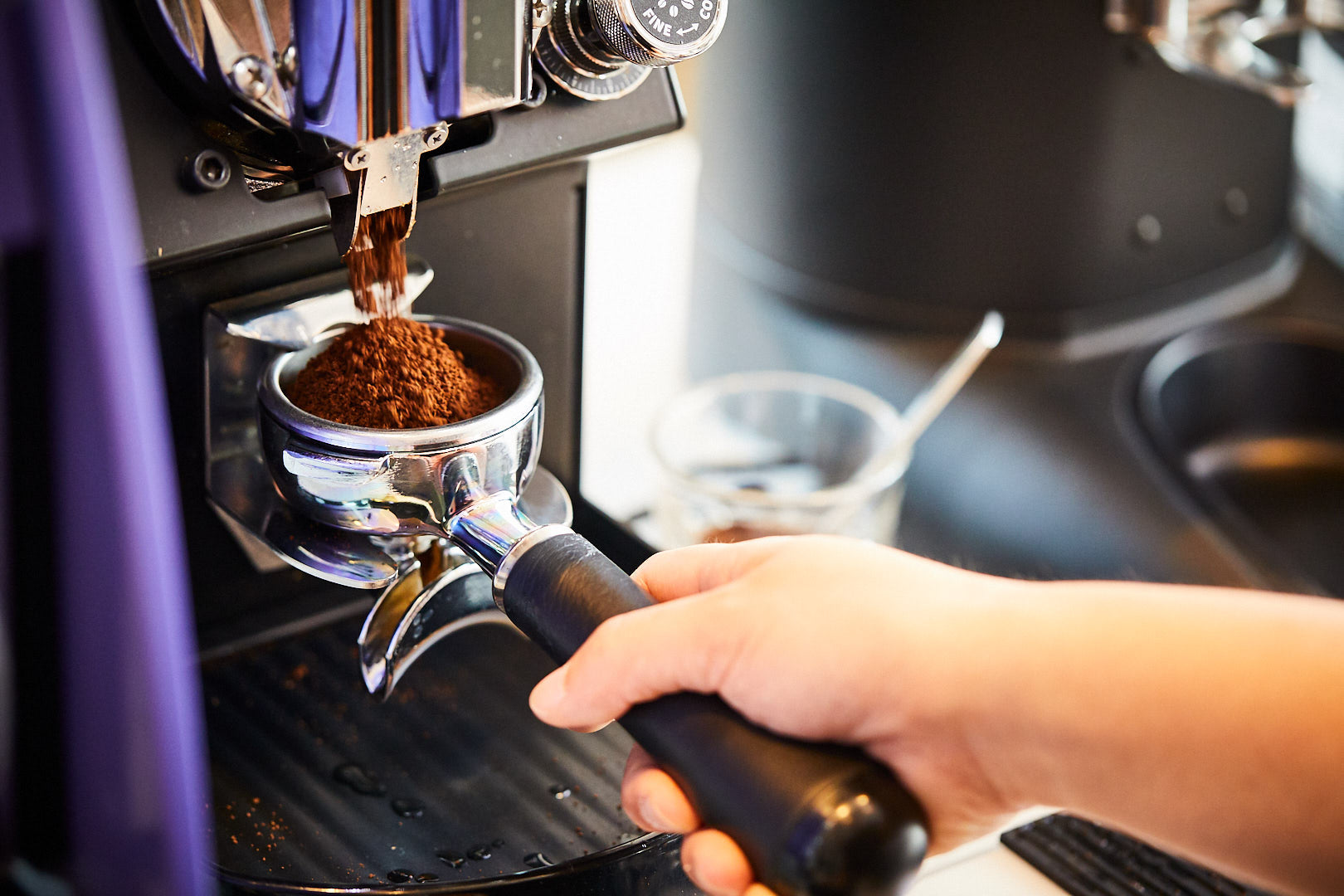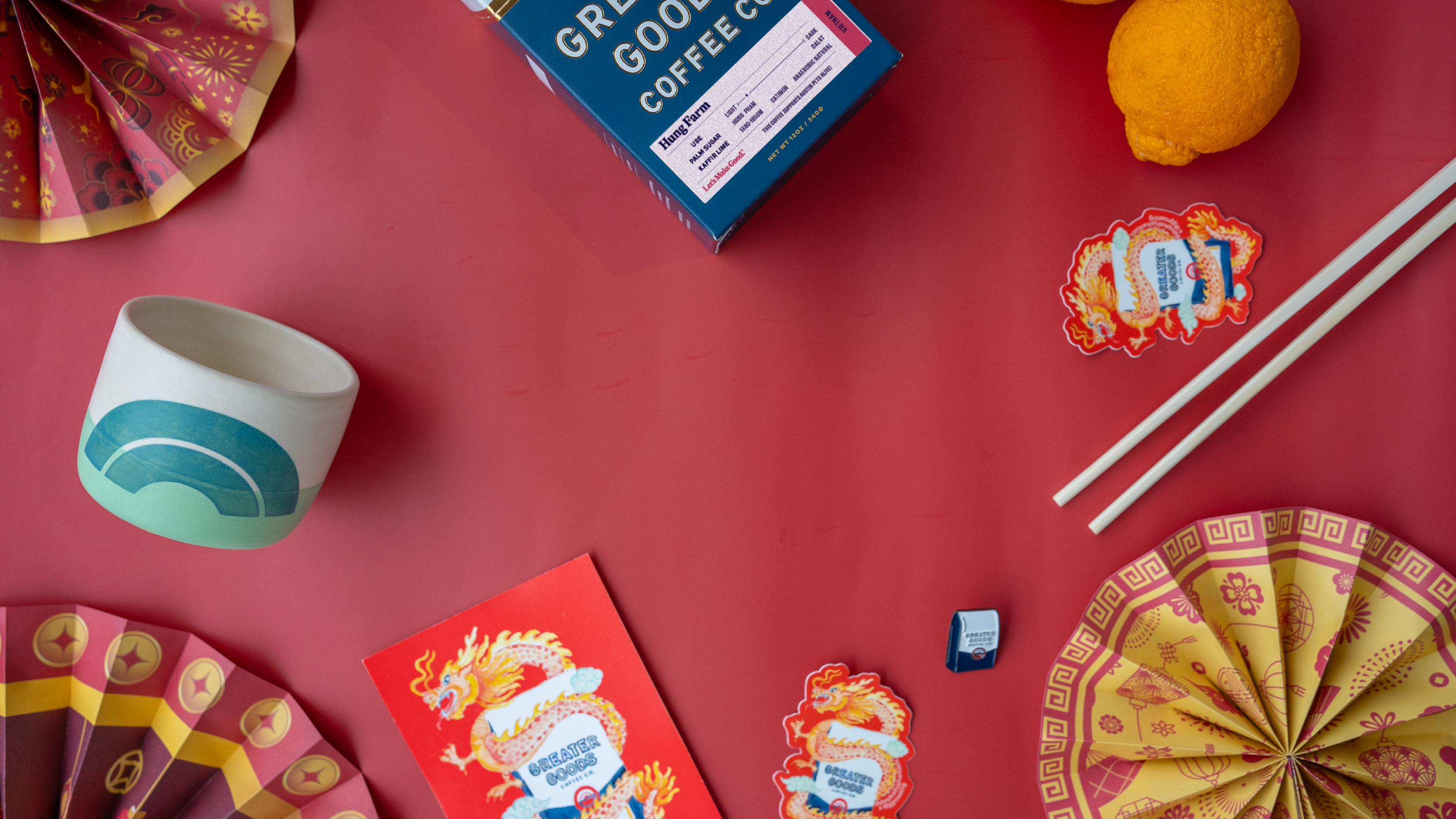Whipping out that ol', unassuming AeroPress- who knew the flavor I'd end up getting out of it last Sunday at the AeroPress Regionals in Austin, TX? In the weeks leading up to signing up, I knew I had to find that balance between accessibility, repeatability, and just tasty brown soup. We practiced here at the roastery with a variety of origins, roast profiles, and processes- all needing different tweaks and even needing completely different approaches to the AeroPress! And that's when the famous line in the writing world, "Kill your darlings," really started to ring true.
Every coffee is like a complex and beautiful little puzzle. Your intuition and brew variables are your little archaeological tools to excavate that potential from the coffee- potential that is passionately grown and developed by hundreds of hands, all ready or not for you to find.

Placing Third was an amazing accomplishment! But in hindsight, I was reminded to not be afraid to try radically new things- to step outside the box, and to put aside my "darlings" in brewing to push for what the coffee needs most, versus what I WANT to do with the coffee most.
So, for our recipe, we elected to do a wonderfully light and bright, acidity-forward, concentrate brew using an inverted method (and some other tricks along the way) to maximize juiciness- dancing along the line of under-extracted and just right. This AeroPress recipe is the perfect one for bringing life back to coffee, controlling the strength of the coffee to your preference, and getting a tea-like, popping, juicy fruit cup. Is it the most highly extracted cup of coffee? Definitely not, in fact, we're almost intentionally under-extracting our coffee at times. Is it maybe the sweetest cup? It depends on the coffee and how hot your brew temperature is if you want it to be sweeter.
But me? I wanted a fruit bomb. A light, juicy, almost tea-like juice.
This recipe is perfect for natural, honey, or other processes of coffee that love lower extraction, body-forward, and juicy brews with lovely hints of fermentation. And while it can also shine with very lightly roasted and washed coffees, it plays better to the strengths of coffee that has that deep fruit explosion within it- potential ready for you to excavate.
As I mentioned, due to how this recipe prioritizes revitalizing and focusing on that bright acidity in coffee, it can do wonders to help older coffees find their spark again in the cup! And if you're anything like me, you have a lot of bags sitting on the bench, hopeful to be grabbed the next morning, waking and walking up to your coffee corner!
Would I have done anything differently? It's a road I can go down. Instead of dwelling on what I would change, I'd rather dwell on the beauty of the recipe we found and share it with you all. A recipe that definitely brings life and bright acidity to cups again, and juiciness on a day when you just need that kind of pick-me-up.
 Here's our detailed recipe below. Feel free to reach out to us at training@ggroasting.com to ask questions or just share how your coffee journey is going!
Here's our detailed recipe below. Feel free to reach out to us at training@ggroasting.com to ask questions or just share how your coffee journey is going!
1) Setup:
- Weigh 18.0 g of coffee.
- Comandante grinder: 28 clicks.
- Heat water to 183 °F. We use the Lotus: Light & Bright recipe.
- Pre-warm ceramic mugs (~120 °F).
-
Prepare a 200 µm Kruve sifter and preset a double AeroPress filter.
- (No sifter? No problem! Just at least make sure to shake and blow off any chaff; it'll help keep things bright and clear, and skip to step 3.)
2) Grind & Sift:
- Optional: Light RDT (1–2 mists).
- Grind quickly and evenly.
- Sift ~15 s: side-to-side, gentle circles, light tap.
- Discard fines and chaff.
3) Load Brewer (Inverted):
- Add 15 g of coffee. Level gently.
4) First Pour & Agitate (0:00):
- Pour 100 g water at 183 °F.
- Stir gently back and forth in the top third (2–3 passes).
5) Mid-Brew Add (0:40):
- Add the remaining 3 g of coffee.
- Use a thin handle for a hook motion in the slurry: fold grounds 2–3 times (4–6 s).
6) Steep (0:45–1:25):
- Let the slurry settle, no agitation.
**7) Press out air (~1:20):
- Before flipping, gently pressthe plunger to push out excess air and stabilize the bed.
8) Flip (~1:25):
- Flip smoothly, keeping brewer and cup connected.
9) Press (1:25–2:05):
- Press slowly and steadily over ~40 s.
- Avoid burping or sudden pressure.
10) Dilution:
- Expect ~75 g concentrate.
- Add ~45 g hot (~180 °F) + ~30 g cool (~70 °F) water.
- Stir to ~160 °F.
11) Serve:
- Pour into pre-warmed mug (~120 °F).
- Target drinking temp: ~145 °F.
- Serve immediately.
P.S. Feel free to play with the amount of dilution you add at the end to taste! Every coffee is different.
I hope this idea for a recipe helps you find a juicy cup for your next morning!
Cheers,
Marcos Rodriguez
Wholesale Trainer



